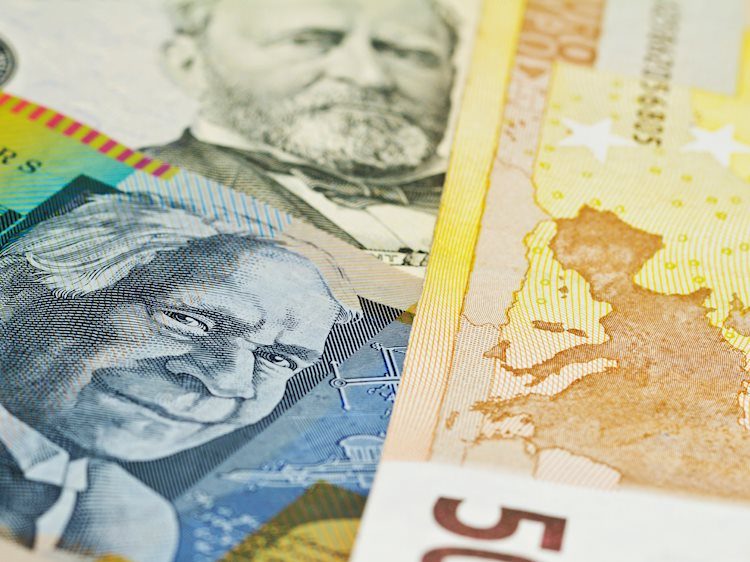The EUR/AUD cross has been testing an immediate barrier at the nine-day Exponential Moving Average (EMA) at the 1.6308 level, near the upper boundary of a descending channel. A potential shift from bearish to bullish momentum is possible if the 14-day Relative Strength Index (RSI) rises above the 50 level. The primary support is found at its three-week low of 1.6163.
The Euro is the currency used by 19 European Union countries in the Eurozone and is the second most heavily traded currency in the world after the US Dollar. The currency accounted for 31% of all foreign exchange transactions in 2022, with an average daily turnover of over $2.2 trillion. The European Central Bank (ECB) in Frankfurt, Germany, is the reserve bank for the Eurozone and is responsible for setting interest rates and managing monetary policy.
Eurozone inflation data is an important economic indicator for the Euro, with higher than expected inflation potentially leading to interest rate hikes by the ECB. Positive economic data releases, such as GDP, Manufacturing and Services PMIs, employment, and consumer sentiment surveys, can impact the Euro’s strength. The health of the Eurozone’s four largest economies – Germany, France, Italy, and Spain – is particularly significant as they make up 75% of the Eurozone’s economy.
The Trade Balance is another important indicator for the Euro, measuring the difference between a country’s exports and imports. A positive net Trade Balance can strengthen a currency as it indicates high demand for exports, while a negative balance can weaken a currency. The ECB’s primary mandate is to maintain price stability by controlling inflation or stimulating growth through interest rate adjustments.
In terms of technical analysis, the EUR/AUD cross on the daily chart shows signs of a potential shift from bearish to bullish momentum as it attempts to break above a descending channel pattern. The 14-day RSI remains below 50, indicating continued bearish sentiment, but a rise above this level could signal the emergence of bullish sentiment. A breakout above the nine-day EMA at 1.6308 could weaken the bearish bias and support a move towards the two-month high of 1.6600.
On the downside, the cross has immediate support at the three-week low of 1.6163, with a break below this level potentially reinforcing the bearish bias. If the EUR/AUD cross continues to gain ground and breaks above the descending channel, it may open up opportunities for further upside momentum towards higher resistance levels. Economic data releases and inflation data will continue to be key factors influencing the direction of the Euro against the Australian Dollar in the coming days.































